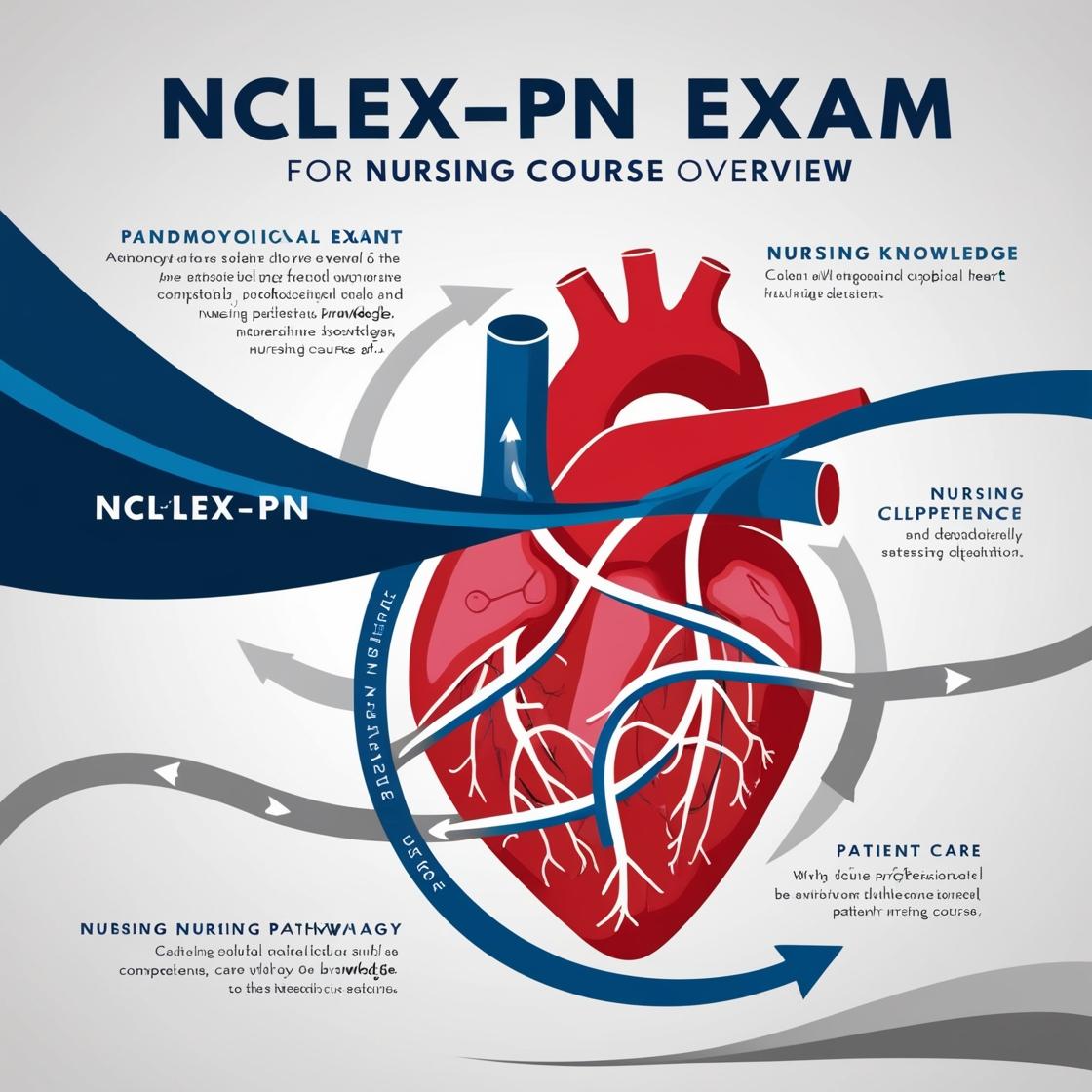NCLEX-PN
Kaplan NCLEX Question of The Day
1. A client arrives in the emergency department after severely lacerating the left hand with a knife. HR 96, BP 150/88, R36. The client is extremely anxious and crying uncontrollably. Based on this assessment, the nurse anticipates that this client would be in which acid-base imbalance?
- A. Respiratory acidosis
- B. Respiratory alkalosis
- C. Metabolic acidosis
- D. Metabolic alkalosis
Correct answer: B
Rationale: The correct answer is respiratory alkalosis. Hyperventilation due to anxiety, pain, shock, severe infection, fever, or liver failure can lead to respiratory alkalosis. In this scenario, the client is extremely anxious and crying uncontrollably, indicating an increased respiratory rate and CO2 loss. Respiratory acidosis (choice A) is incorrect as it is characterized by an increase in CO2 levels, not a loss. Metabolic acidosis (choice C) involves a decrease in blood pH due to an accumulation of acids or loss of bicarbonate, which is not the case here. Metabolic alkalosis (choice D) results from excess bicarbonate or a loss of acids, not from increased CO2 loss due to hyperventilation.
2. After applying oxygen using bi-nasal prongs to a client who is having chest pain, the nurse should implement which intervention?
- A. Have the client take slow deep breaths in through their mouth and out through their nose.
- B. Post signs indicating that oxygen is in use on the client's door and in their room
- C. Apply Vaseline petroleum to both nares and 2 by 2 gauze around the oxygen tubing at the client's ears
- D. Encourage the client to hyperextend the neck, take a few deep breaths and cough.
Correct answer: A
Rationale: After applying oxygen using bi-nasal prongs to a client with chest pain, it is essential for the nurse to post signs indicating that oxygen is in use on the client's door and in their room. This safety precaution alerts healthcare providers and visitors that the client is receiving oxygen therapy, reducing the risk of accidents or misunderstandings. Choice A is incorrect because instructing the client to take slow deep breaths is not the appropriate intervention after applying oxygen. Choice C suggests applying Vaseline and gauze, which is unnecessary and not a standard practice. Choice D advising the client to hyperextend the neck, take deep breaths, and cough is not indicated after applying oxygen therapy and could potentially be harmful.
3. The client has just returned from electroconvulsive therapy (ECT) and is very drowsy. What is the position of choice until the client regains full consciousness?
- A. Supine
- B. Fowlers
- C. Lateral
- D. High Fowlers
Correct answer: C
Rationale: The correct answer is 'Lateral.' When a client is very drowsy or sedated, placing them in the lateral position is important to maintain an open airway and allow for drainage of secretions. This position helps prevent airway obstruction and aspiration. Choice A, 'Supine,' is lying flat on the back and may not be ideal for a drowsy client due to the risk of airway compromise. Choice B, 'Fowlers,' is a semi-sitting position that is beneficial for clients with respiratory distress, but it may not be the best choice for a very drowsy individual. Choice D, 'High Fowlers,' is a more upright sitting position, which again may not be suitable for a drowsy client as it does not facilitate airway patency as effectively as the lateral position.
4. Which client is at risk for hypomagnesemia?
- A. Client with a history of heart disease
- B. Client taking magnesium-based antacids
- C. Client with a parathyroid disorder
- D. Client admitted with alcohol abuse
Correct answer: D
Rationale: The correct answer is the client admitted with alcohol abuse. Alcoholics tend to have poor nutrition due to decreased food intake, which is a common source of magnesium. Additionally, alcohol suppresses the release of ADH, leading to diuresis and magnesium loss. Choice A is incorrect because a history of heart disease does not directly increase the risk of hypomagnesemia. Choice B is incorrect as taking magnesium-based antacids would not put the client at risk for hypomagnesemia; in fact, it would help prevent it. Choice C is also incorrect as a parathyroid disorder is not typically associated with an increased risk of hypomagnesemia.
5. The nurse is caring for a client complaining of intense headaches with increasing pain for the past one month. An MRI is ordered. In reviewing the client's information, which piece of information is of concern?
- A. Allergy to shellfish
- B. Has a cardiac pacemaker
- C. A diabetic
- D. No IV access
Correct answer: B
Rationale: The correct answer is 'Has a cardiac pacemaker.' If a client with a cardiac pacemaker undergoes an MRI, the magnetic field can interfere with the pacemaker's function, leading to serious complications or even death. It is crucial to ensure that the pacemaker is compatible with MRI imaging or to consider alternative imaging modalities. The other choices, such as 'Allergy to shellfish,' 'A diabetic,' and 'No IV access,' are not direct contraindications for an MRI scan and do not pose the same level of risk as having a cardiac pacemaker.
Similar Questions

Access More Features
NCLEX PN Basic
$69.99/ 30 days
- 5,000 Questions with answers
- Comprehensive NCLEX coverage
- 30 days access @ $69.99
NCLEX PN Premium
$149.99/ 90 days
- 5,000 Questions with answers
- Comprehensive NCLEX coverage
- 30 days access @ $149.99
